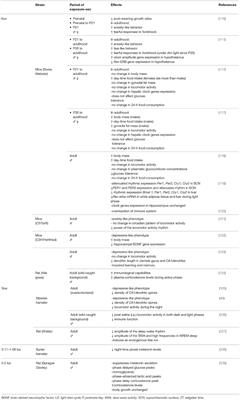EDITORIAL
Published on 09 Oct 2018
Editorial: Let There Be Light: Biological Impact of Light Exposure in the Laboratory and the Clinic
doi 10.3389/fneur.2018.00851
- 3,702 views
- 1 citation
16k
Total downloads
76k
Total views and downloads
EDITORIAL
Published on 09 Oct 2018
REVIEW
Published on 02 Aug 2018

REVIEW
Published on 09 Feb 2018

MINI REVIEW
Published on 20 Oct 2017

REVIEW
Published on 19 Oct 2017

ORIGINAL RESEARCH
Published on 21 Aug 2017

